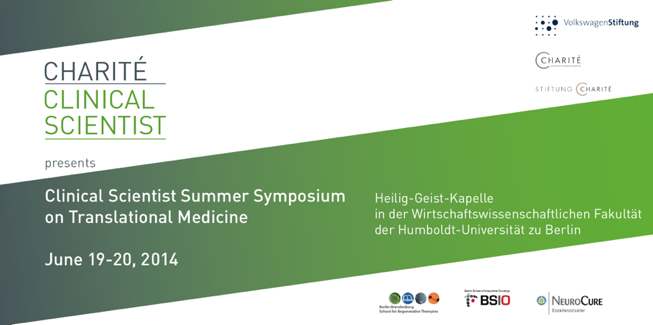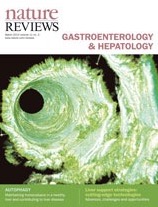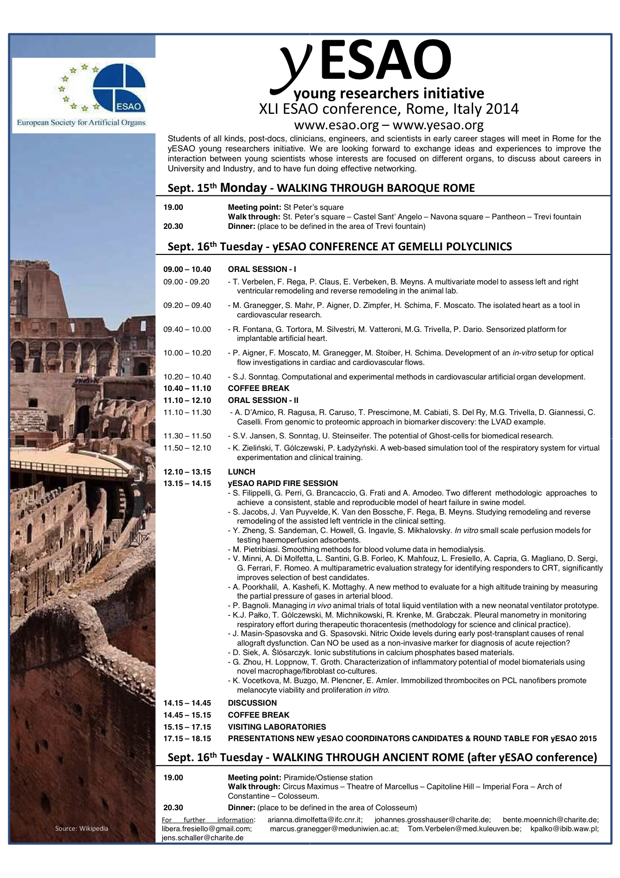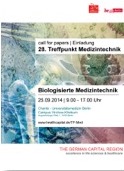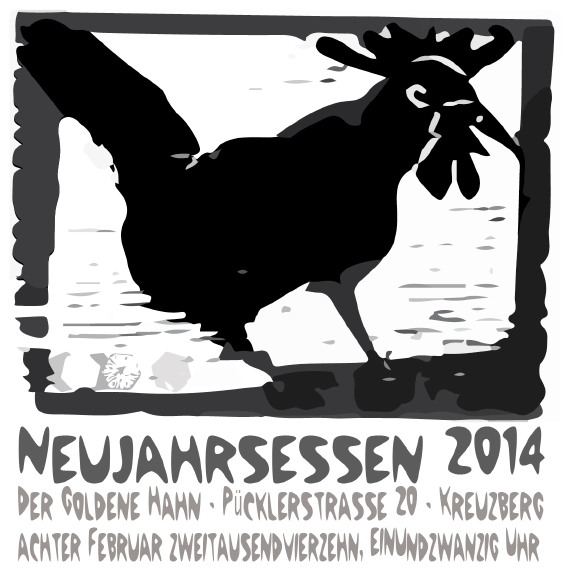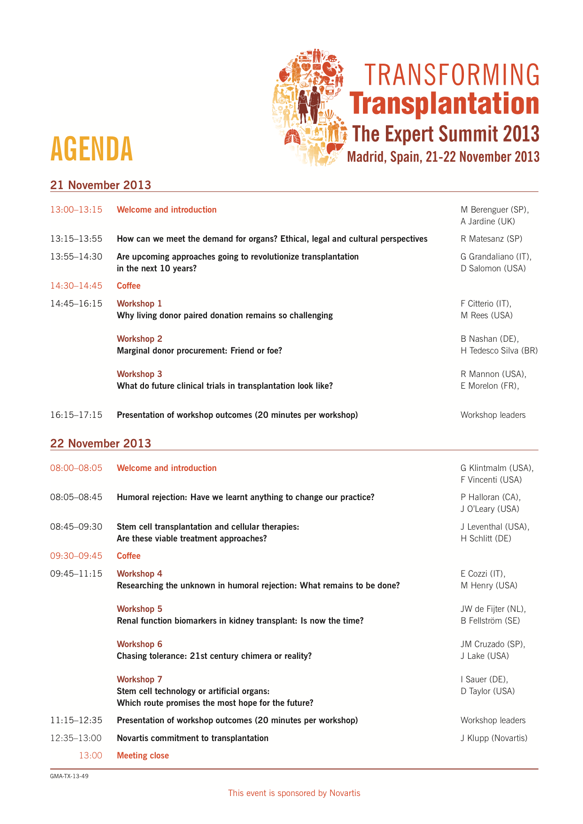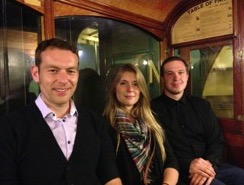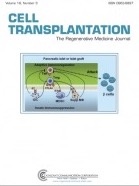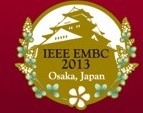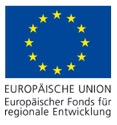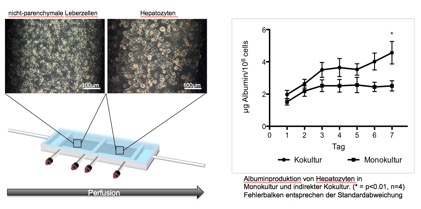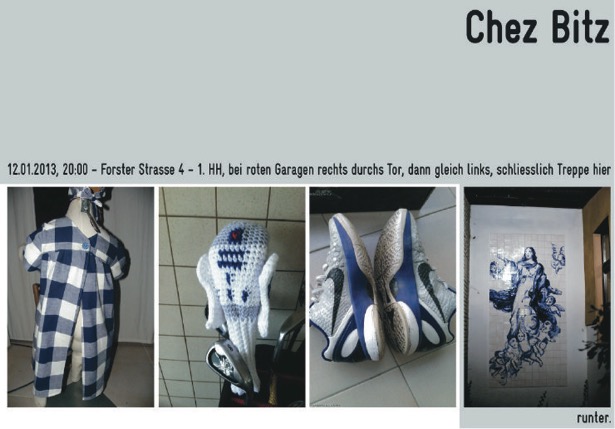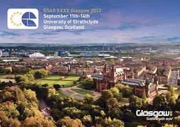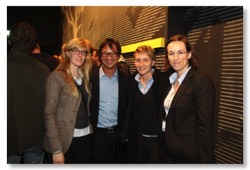Decellularization and oscillating pressure conditions
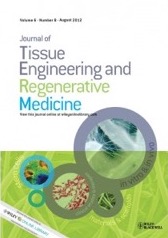
One approach of regenerative medicine to generate functional hepatic tissue in vitro is de- and recellularization and several protocols for the decellularization of different species have been published. To the best of our knowledge this is the first report on rat liver decellularization by perfusion via the hepatic artery under oscillating pressure conditions, intending to optimize microperfusion and minimize damage to the ECM. Four decellularization protocols were compared: perfusion via the portal vein (PV) or the hepatic artery (HA), with (+P) or without (-P) oscillating pressure conditions. All rat livers (n=24) were perfused with 1% Triton X-100 and 1% SDS, each for 90 minutes with a perfusion rate of 5ml/min. Perfusion decellularization was observed macroscopically and the decellularized liver matrices (DLMs) were analyzed by histology and biochemical analyses (e.g., levels of DNA, glycosaminoglycans (GAG), and hepatocyte growth factor (HGF). Livers decellularized via the hepatic artery and under oscillating pressure showed a more homogenous decellularization and less remaining DNA, compared to livers of the other experimental groups. The novel decellularization method described is effective, quick (3 hours) and gentle to the ECM and thus represents an improvement of existing methodology.
